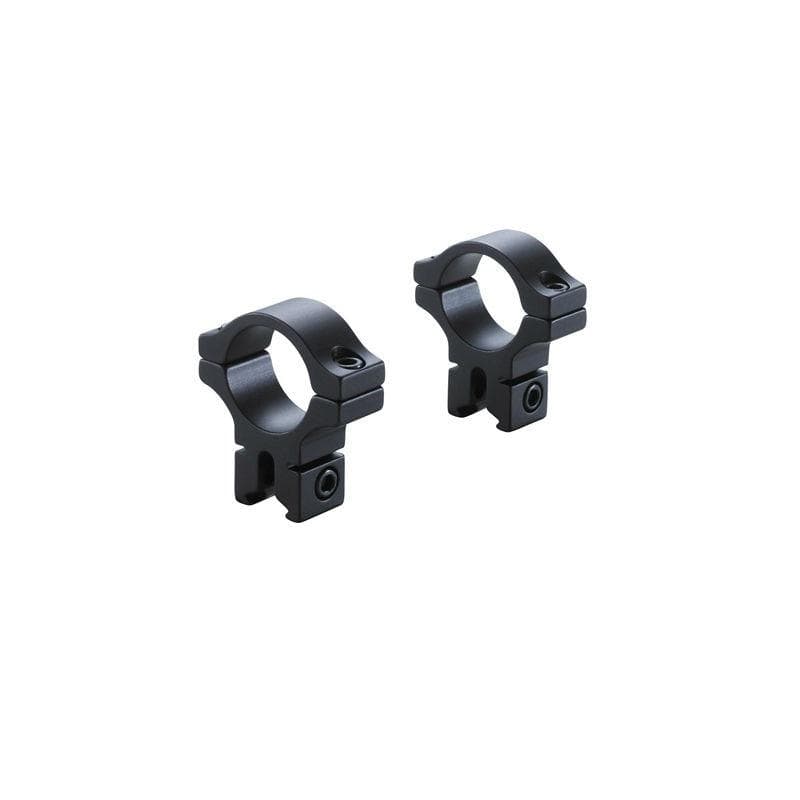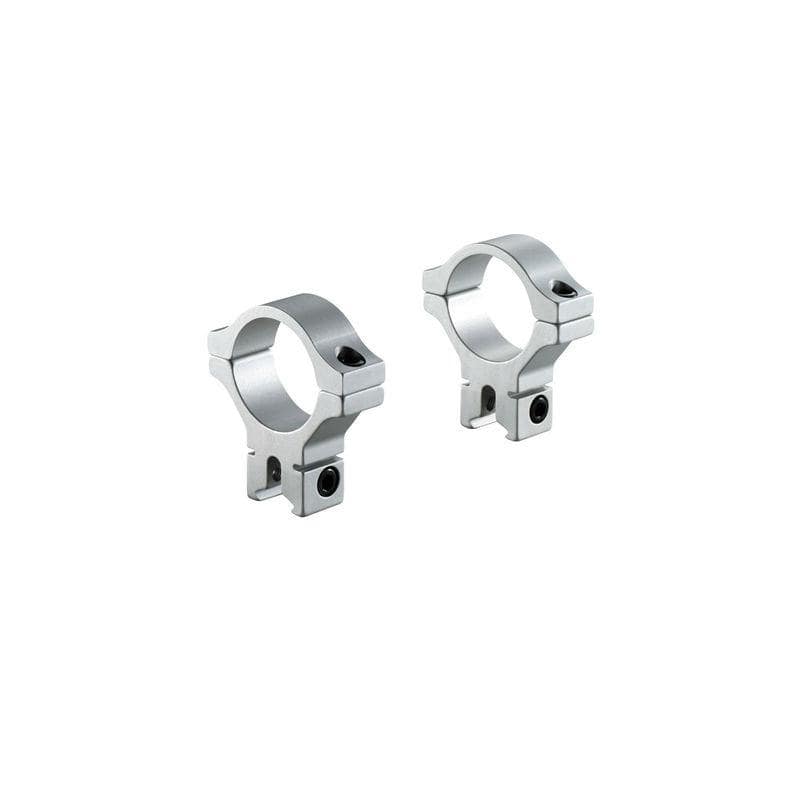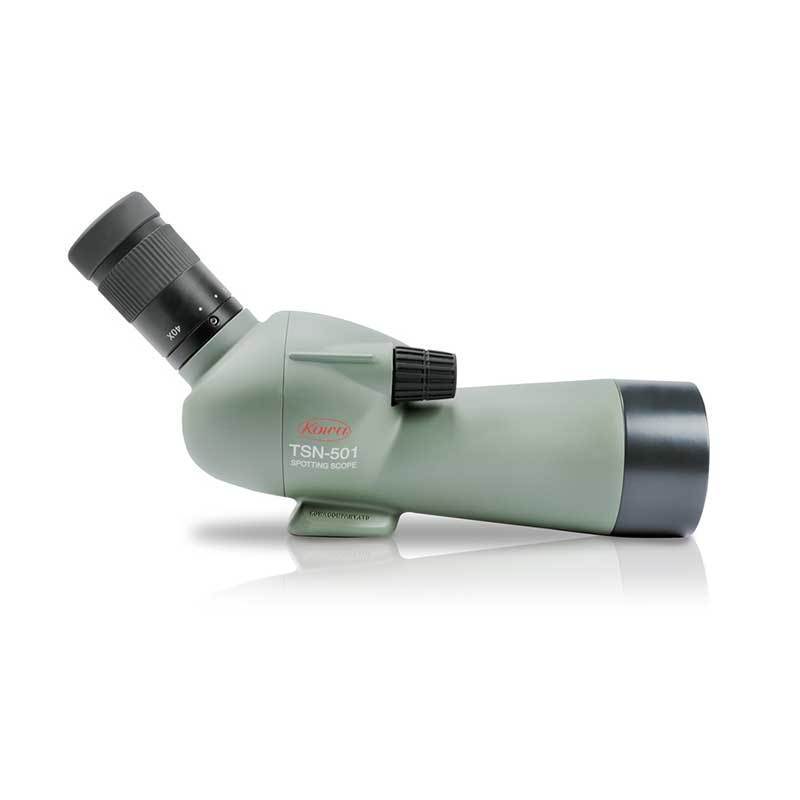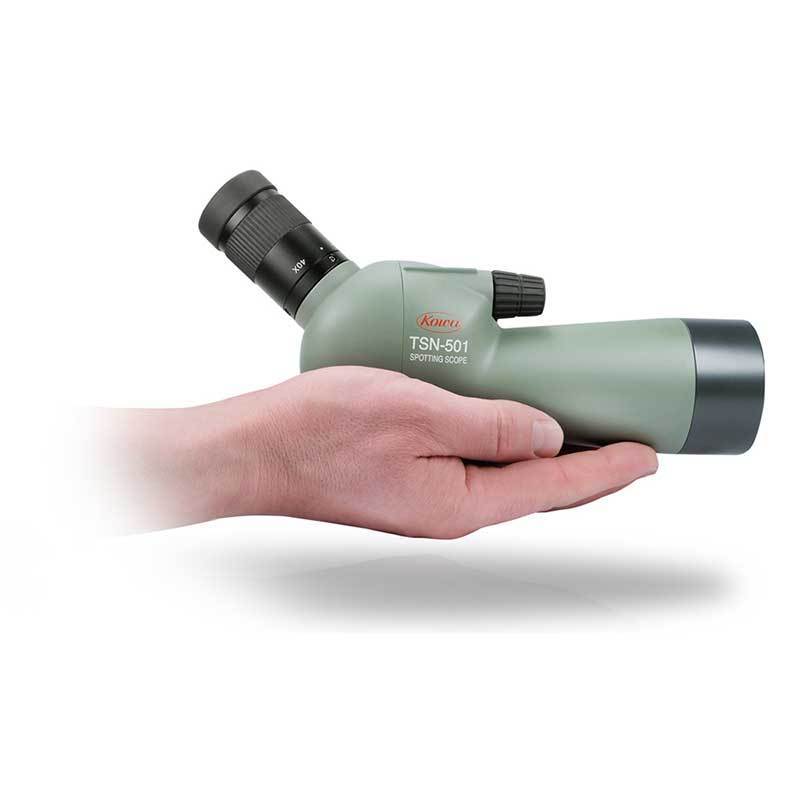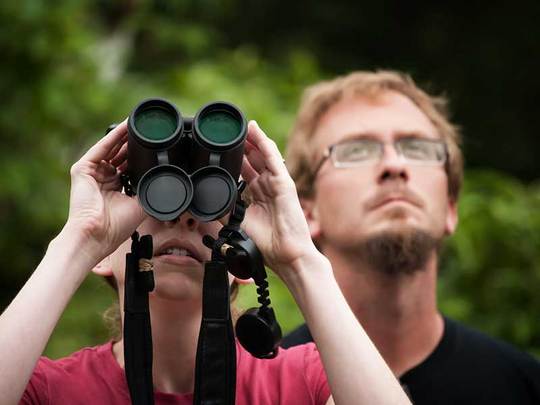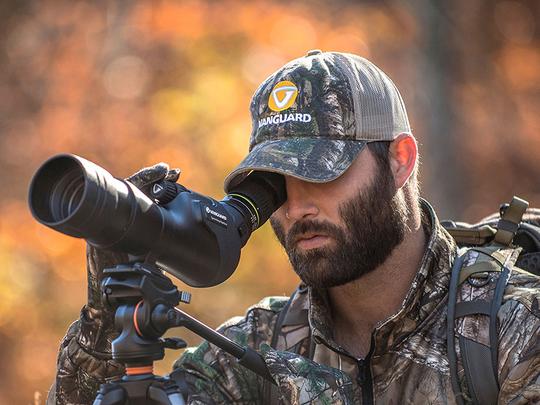Buyer's guide for general use binoculars
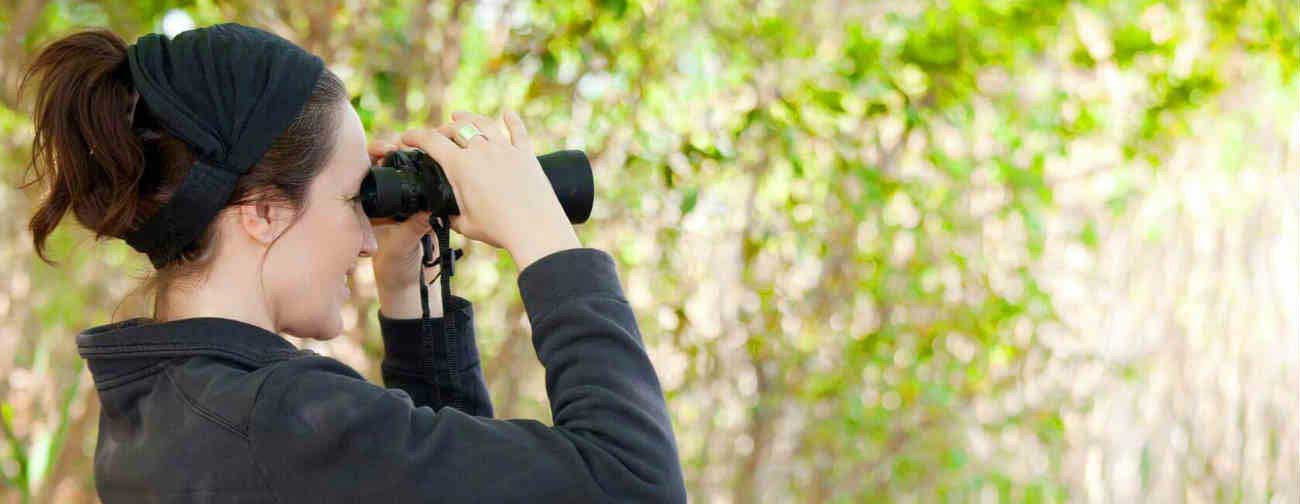
Your ideal binoculars
Use our binocular buying guide to help you choose the best binoculars for you. Our expert advice will combat binocular jargon and help you choose the best binocular option for your activity, whether it be bird watching, whale spotting or catching a cricket match.
A perfect starting point for novices who are asking 'What are the best binoculars for me?', we'll help you understand all the basic binocular features including magnification and lens size.
If you're looking to buy binoculars for a specific activity such as bird watching, hunting or astronomy, you may wish to check out one of our more specific buyers guides.
Understanding binocular specifications
Every set of binoculars has their own specifications. The specification of a pair of binoculars is always indicated by two sets of numbers. Ultimately, these numbers indicate the magnification power or strength of the binoculars and their light gathering ability.
The first set of numbers is the magnification power of the binoculars; the second is the diameter of the binoculars objective, or front lenses. These two elements effect how the binoculars will perform in different circumstances. We've provided an example below to help you understand how this works.
Example: Binoculars with a specification of 8 x 42
Magnification power
The binoculars in the example provided have a magnification power of 8, meaning that an object will appear 8 times closer than it would to your unassisted eye. For example, if you view a buck that stands 50 metres away from you through 8x42 binoculars, it will appear as though it were only 6.25 meters away (50 divided by 8). Binoculars with higher magnification will allow you to see further and in more detail.
Some binoculars offer variable magnification, meaning that their magnification can be adjusted by the user to range from one magnification power to another. For example, binoculars with the specification of 8-12x42 can be adjusted to magnify images between 8 and 12 times that of the naked eye depending on the requirements of the user.
Objective lens diameter
The second number used in binocular identification refers to the binoculars objective lens diameter. The objective lenses are the lenses at the front of the binoculars, furthest away from your eyes, and closest to what you are looking at. The objective lens diameter of the example binoculars is 42mm.
The diameter of the objective lenses largely determines how much light your binoculars can gather. The larger the objective lens diameter, the more light that the binoculars will capture. More light means a brighter view, particularly in low-light conditions.
When choosing a pair of binoculars it is important to consider how you plan to use them, as this will affect what specification of binoculars you need.
What's the ideal binocular magnification?
First time binocular buyers are often under the illusion that the higher the magnification of their binoculars the better. Often this is not true, and binoculars with a magnification of 7x, 8x or 10x will be more appropriate and affordable option for general use. A common problem with binoculars that have a magnification of 10x or more, is that they are much more sensitive to small hand movements. Even little shakes can result in the highly magnified images becoming unstable and hard to see unless a tripod is used, so for general use we'd recommend binoculars with a magnification at the lower end of the spectrum. If you are planning to use your binoculars in a stationary position with a tripod to stabilise them, then higher magnifications should be fine and may be preferred by users who want to zoom in on objects or views that are very far away and require extreme magnification.
What's the ideal binocular lens size?
The larger the objective lens diameter of your binoculars, the more light that they are able to gather, and the clearer your image will look. But, similarly to magnification, bigger is not always better, as the larger the lens size, the bigger and more heavy your binoculars will be. Binoculars typically come in four different sizes; compact with lenses between 25mm - 28mm in diameter, mid sized with lenses at around 30mm in diameter, full sized with lenses in the 40mm - 42mm range, and giant with lenses 50mm in diameter and above.
When it comes to choosing the lens size of your binoculars, it's important to ask yourself two main questions -
"Where will I be using my binoculars?"
If you plan on taking your binoculars tramping with you, or want a pair of binoculars that you can have handy at a moments notice or take on holiday with you, then binoculars with very large lenses, for example those with a 50mm diameter objective lens, may be too heavy. However, if you are mainly planning to use your binoculars to view wildlife near your home, then the size and weight of your binoculars may not be as important, so choosing a larger lens that will result in brighter images may be more favorable.
"What conditions will I be using my binoculars in?"
If you are planning on using your binoculars early in the morning, at dusk or in the dark, then choosing binoculars with a large lens is very important to ensure that enough light is gathered for you to view the image clearly. In these situations, choosing binoculars with an objective lens diameter of 42mm or above is recommended, however this will of course effect the weight of the binoculars.
In conclusion, it is hard to define an ideal binocular lens size, with the decision often depending on personal preference. Be sure to take into account all of the factors when choosing your binoculars to ensure that you get the best use out of them.
Many binocular users find that binoculars with specifications of 8×42 or 10×42 offer the right balance between power and size.
What additional features do I need?
Waterproof and durable - If you're planning on using your binoculars outdoors then it may be of benefit to choose waterproof binoculars. Although this feature is not a must, having this added protection reduces the chance of your binoculars reacting badly to an unexpected downpour. Binoculars with a durable rubber coating are also favoured as they help protect your binoculars if you accidentally drop them.
Eye relief - The amount of eye relief offered by a pair of binoculars is an important consideration of you wear glasses. If you need to keep your specs on to be able to use your binoculars effectively, then we'd advise you to choose binoculars with as much eye relief as possible as this will allow you to see as much of your desired view as possible.


